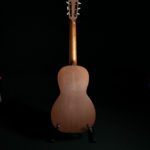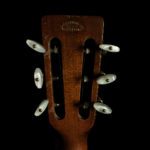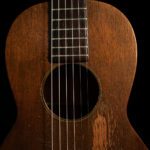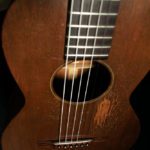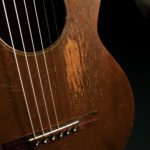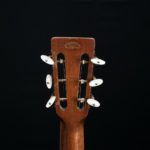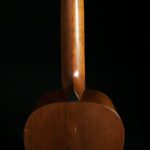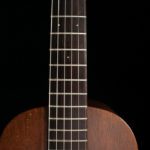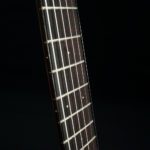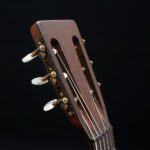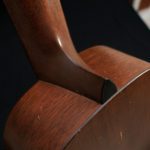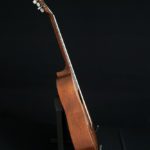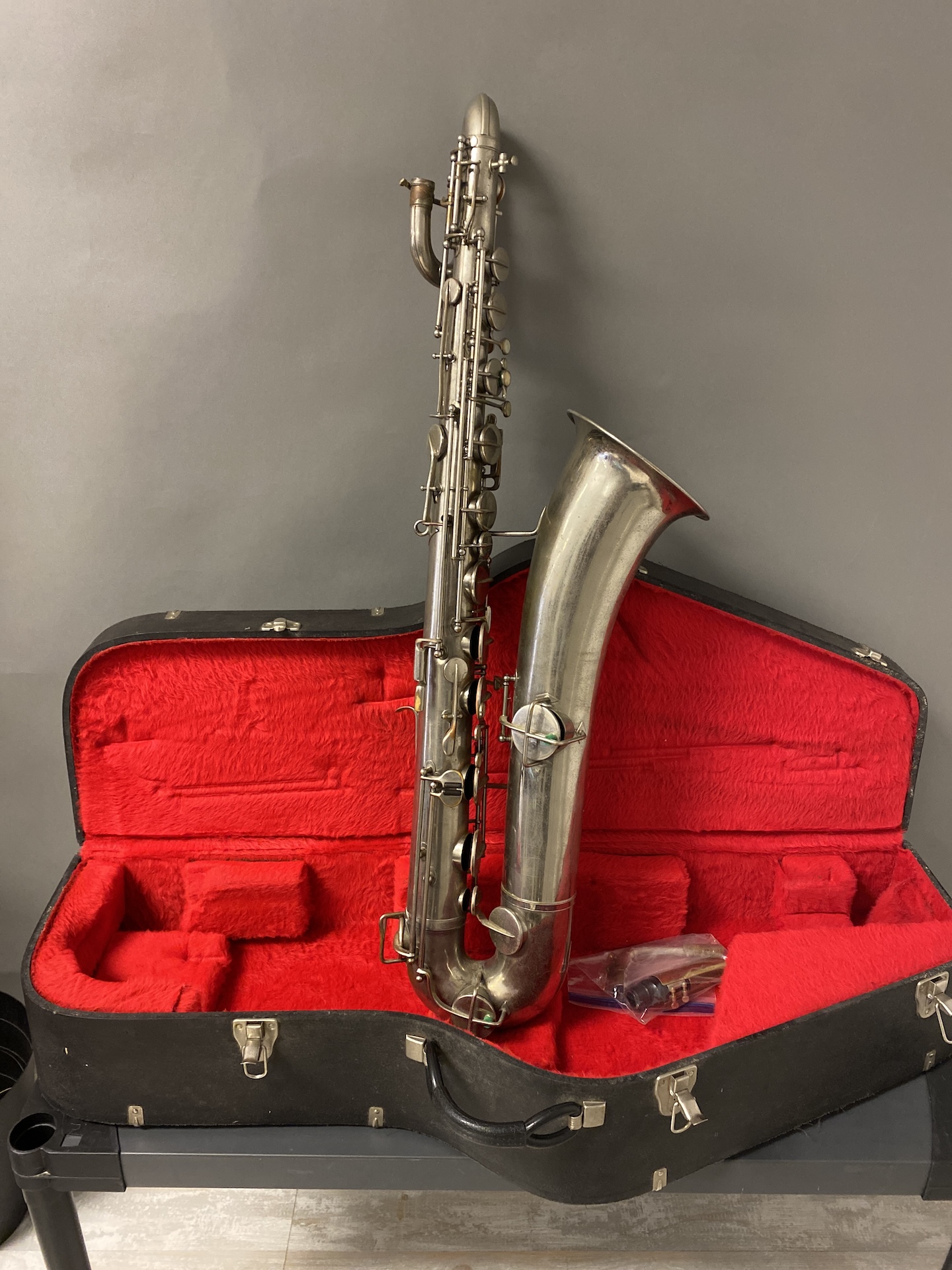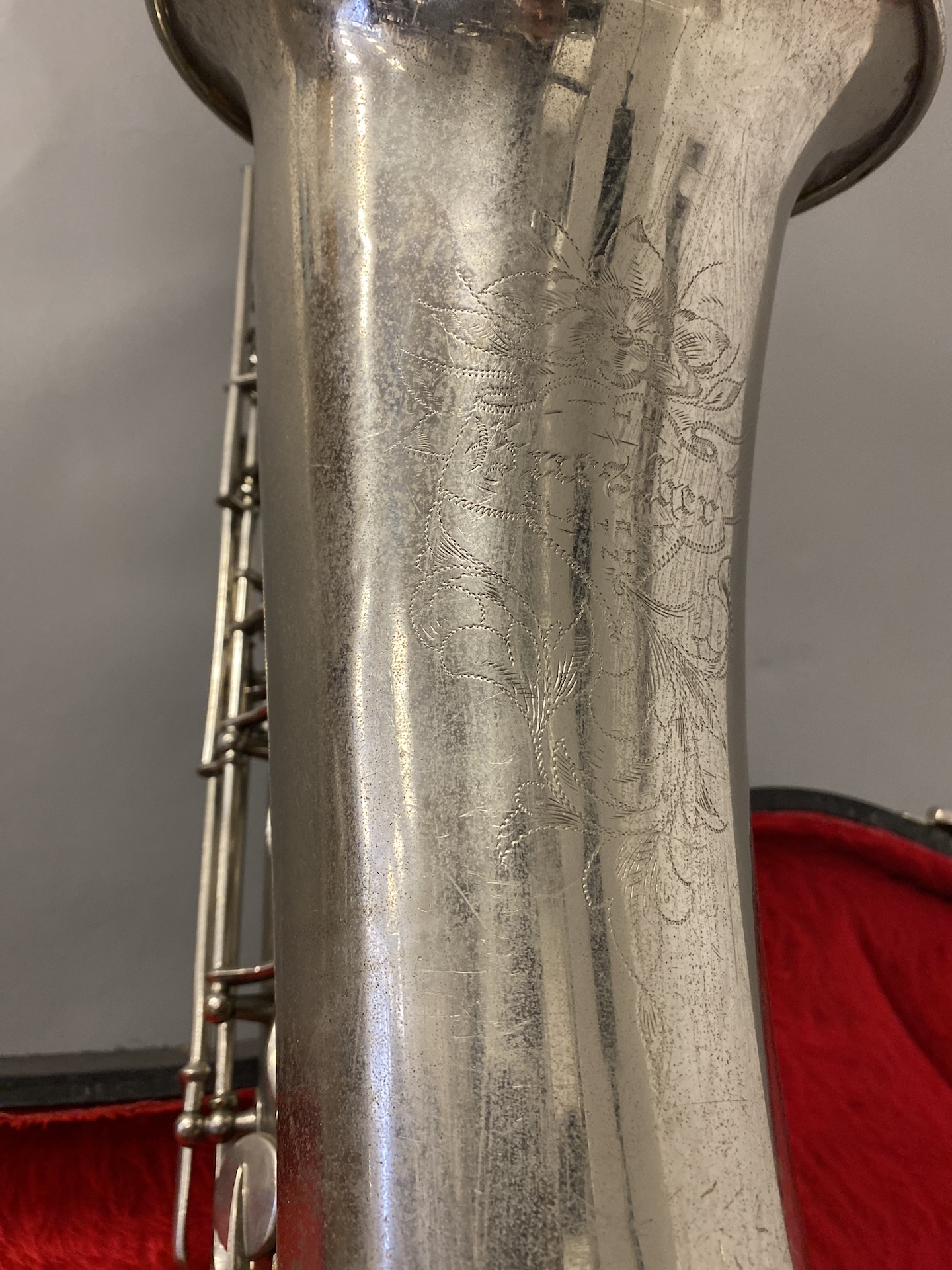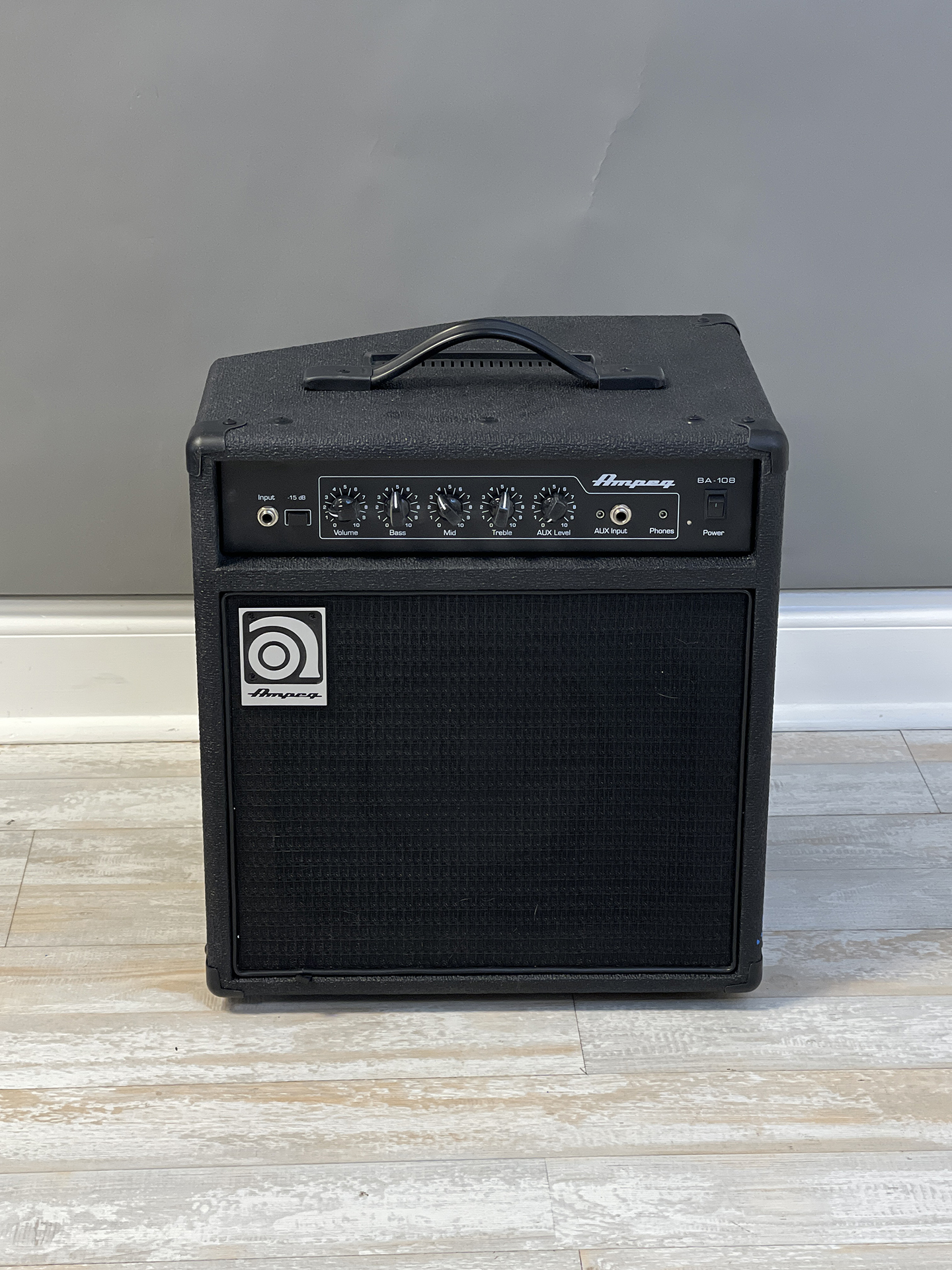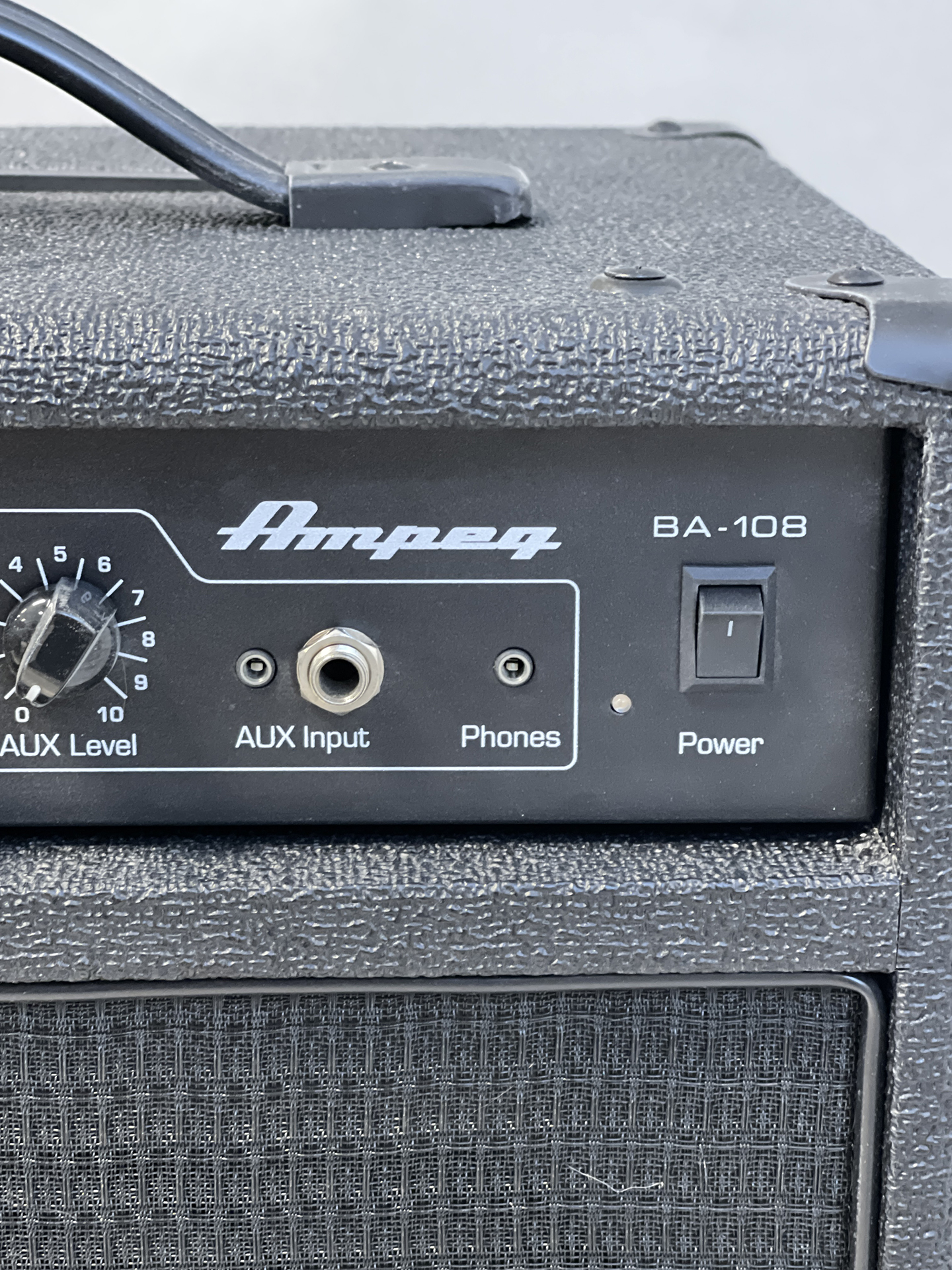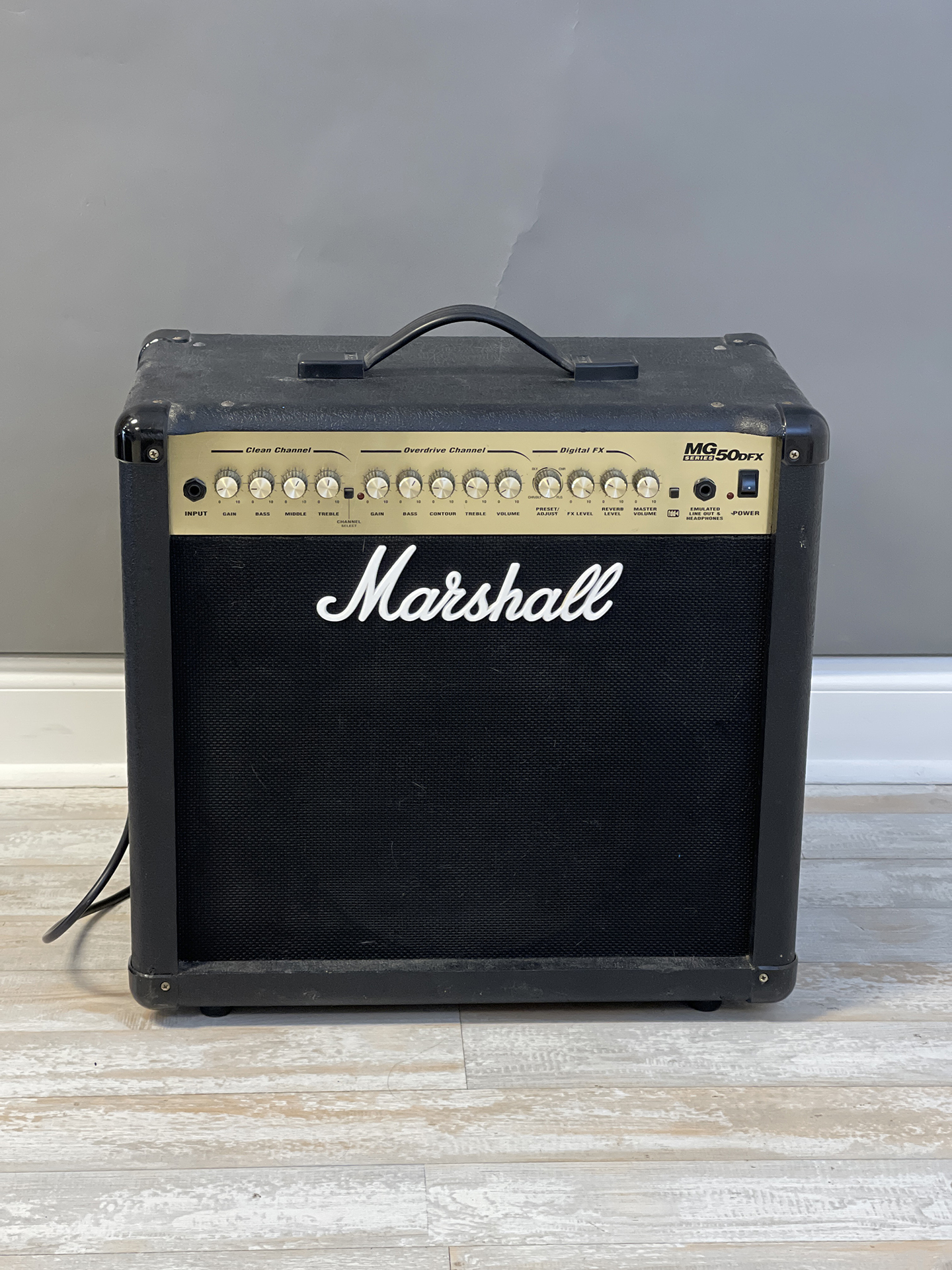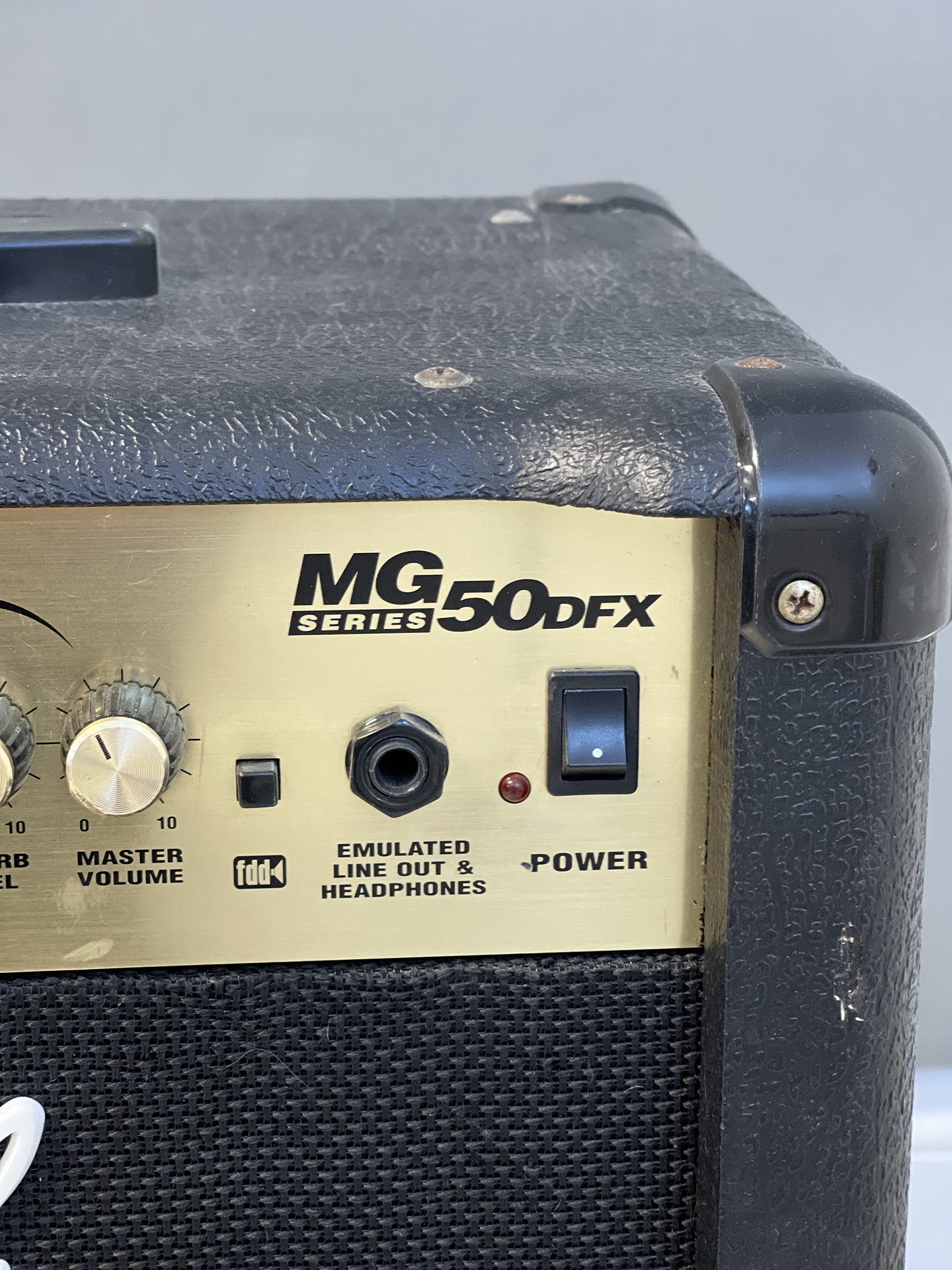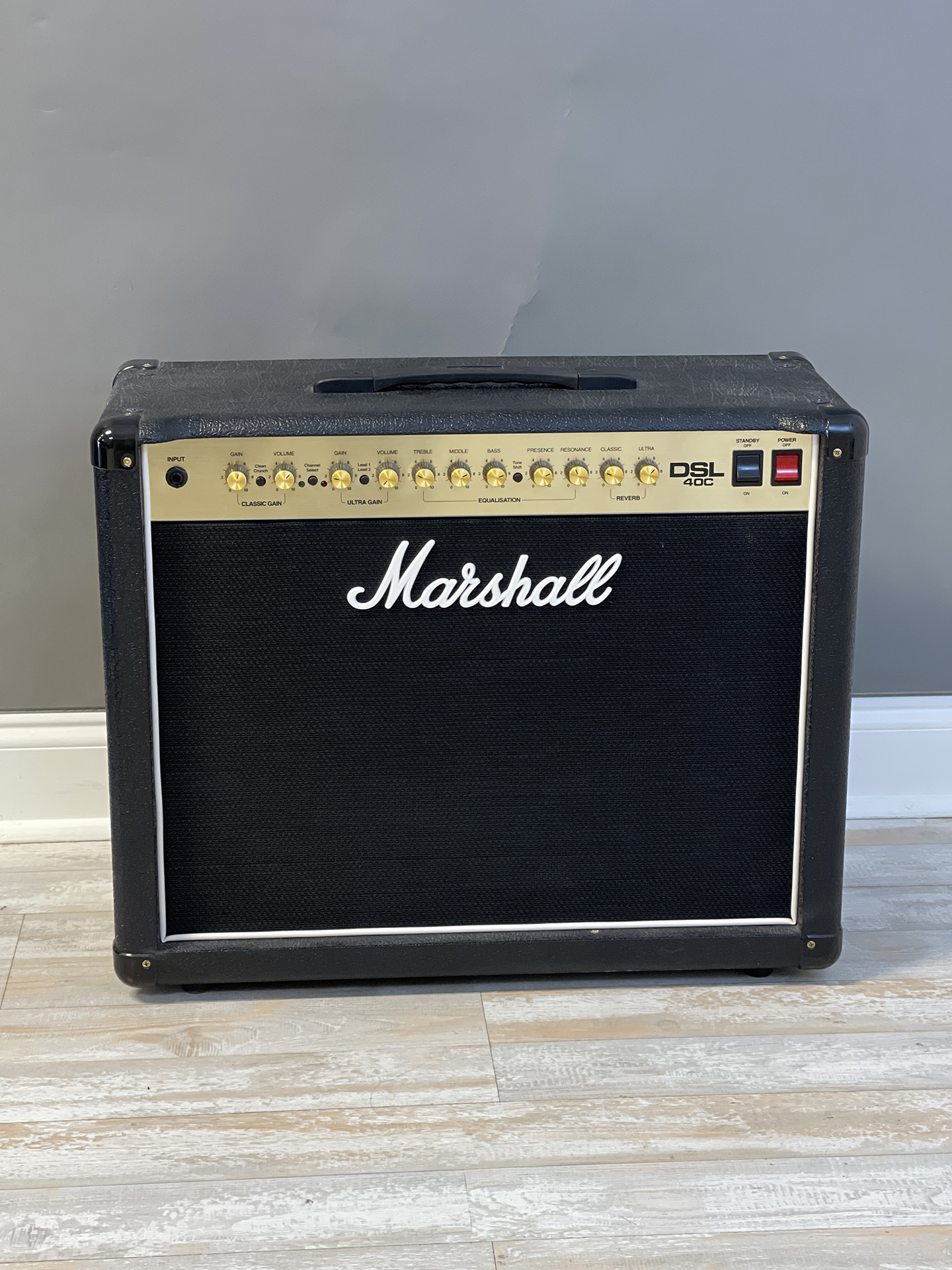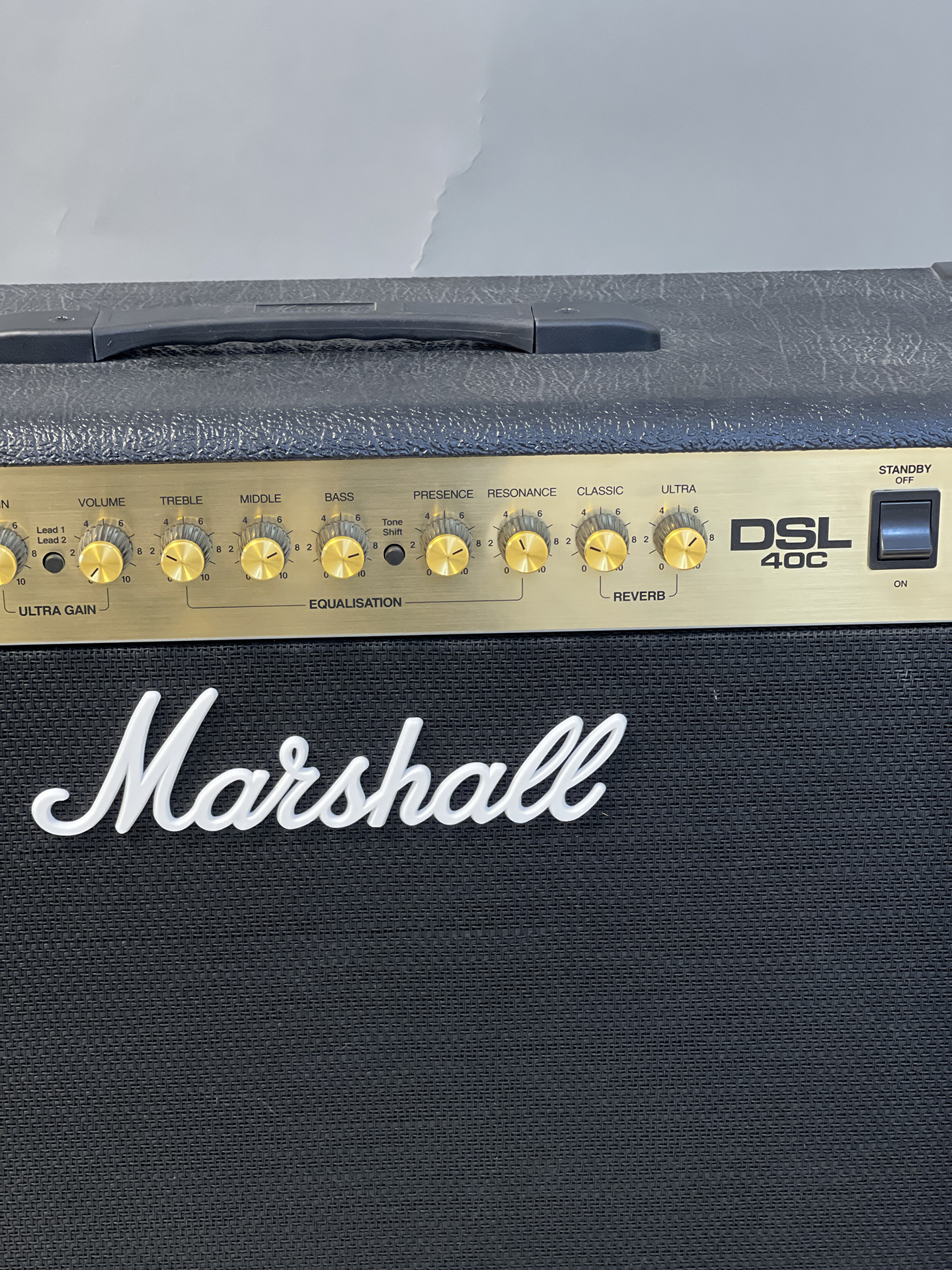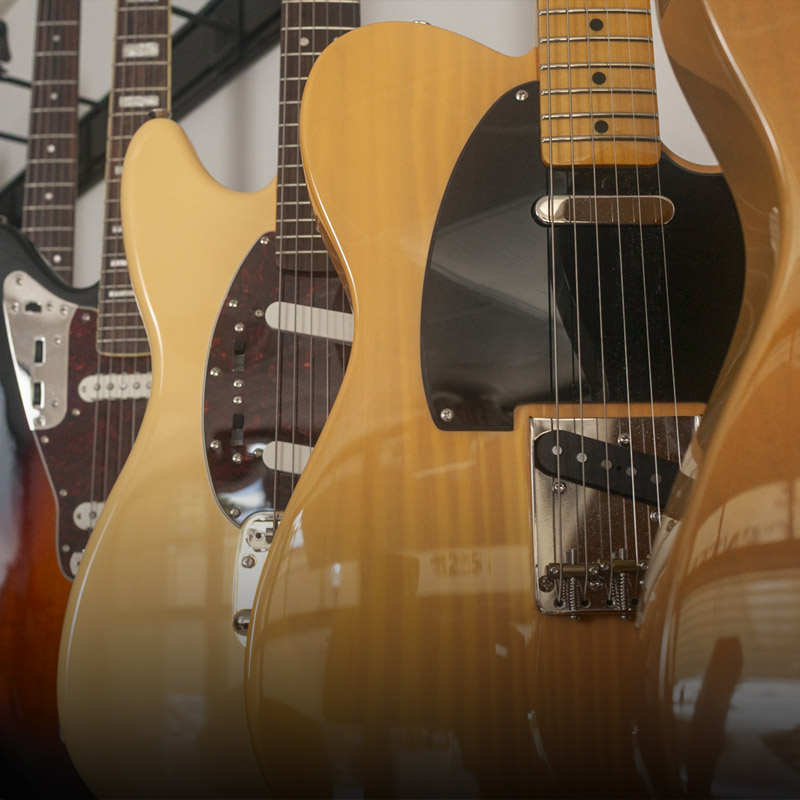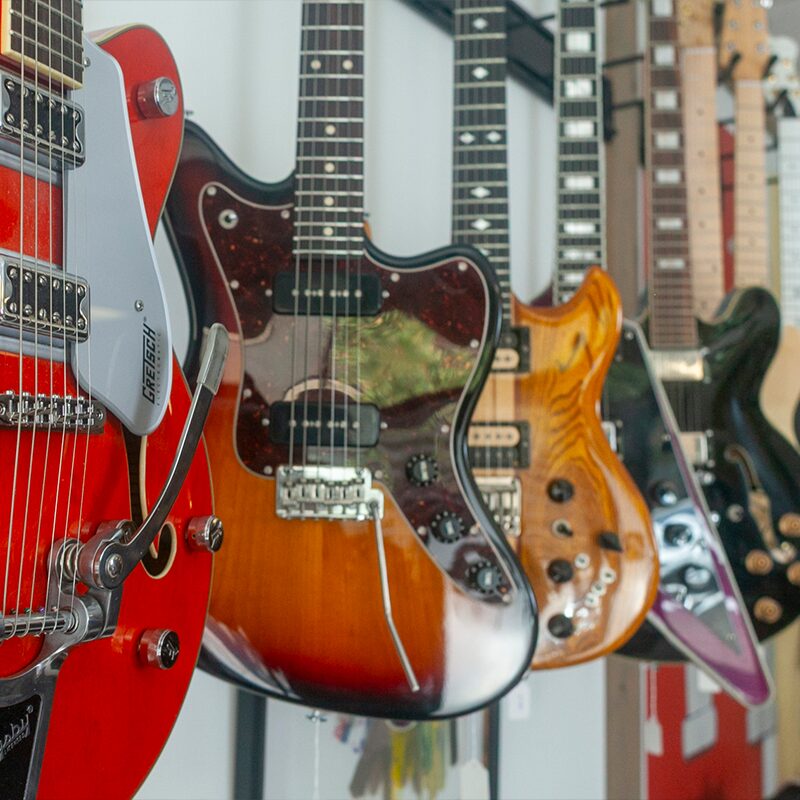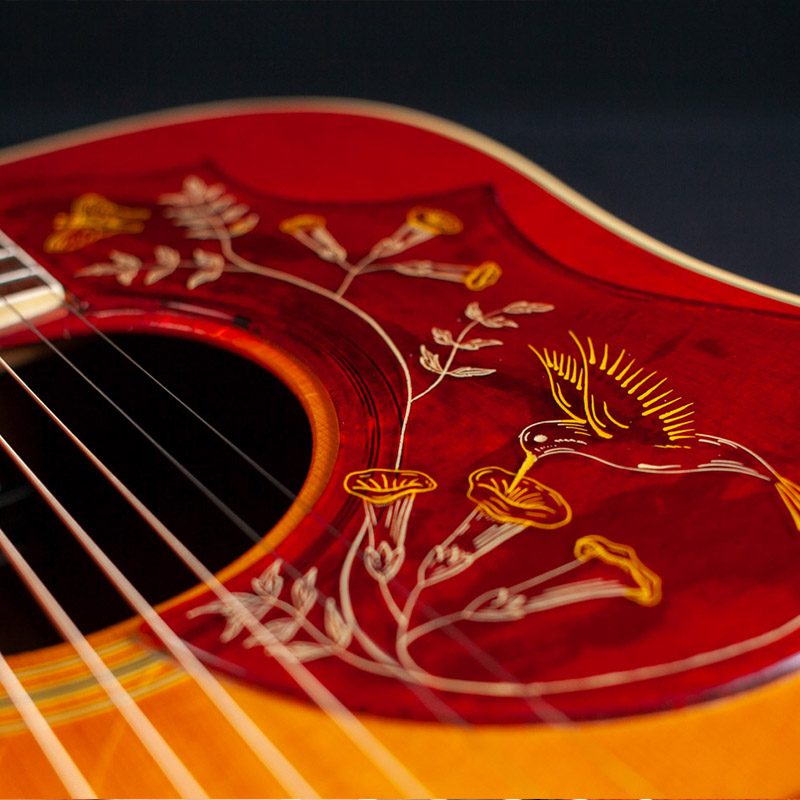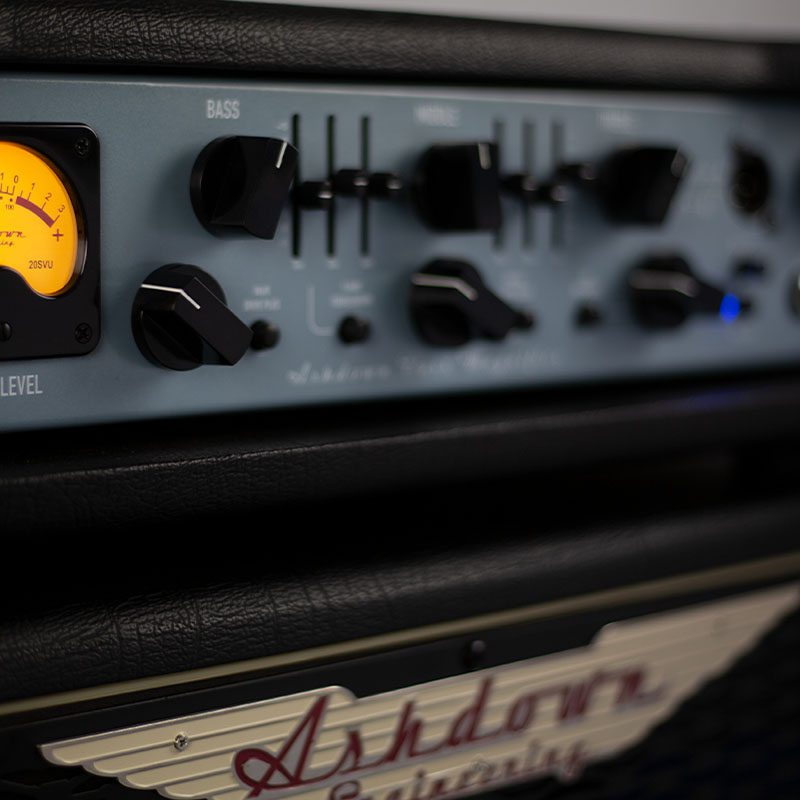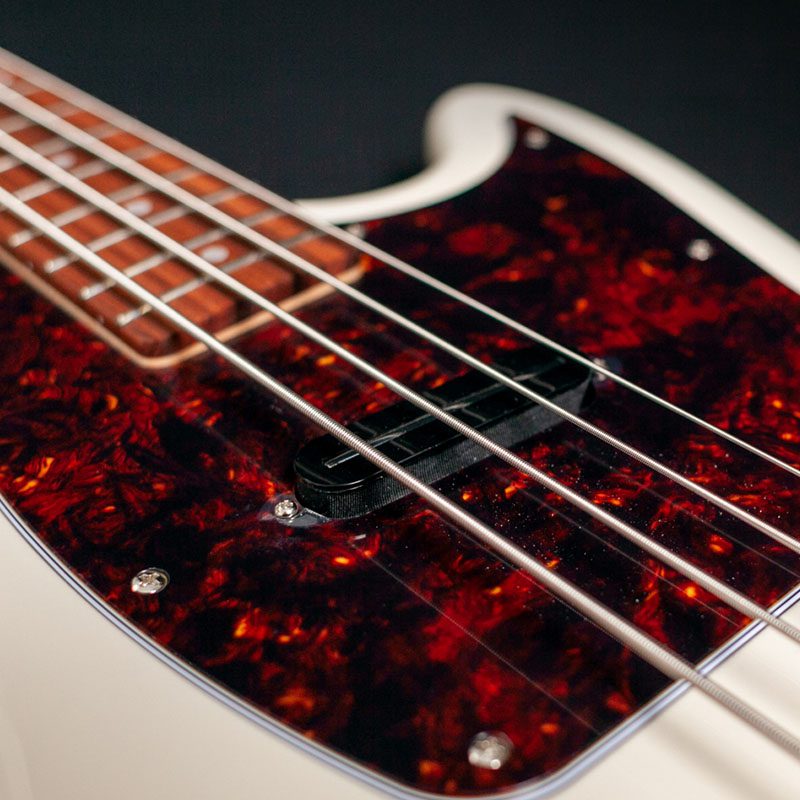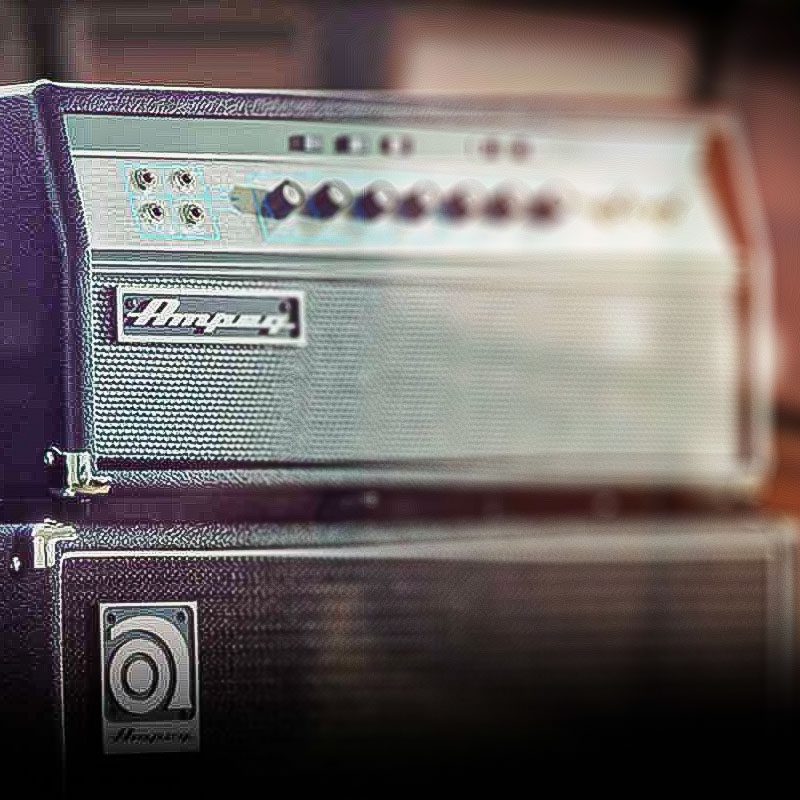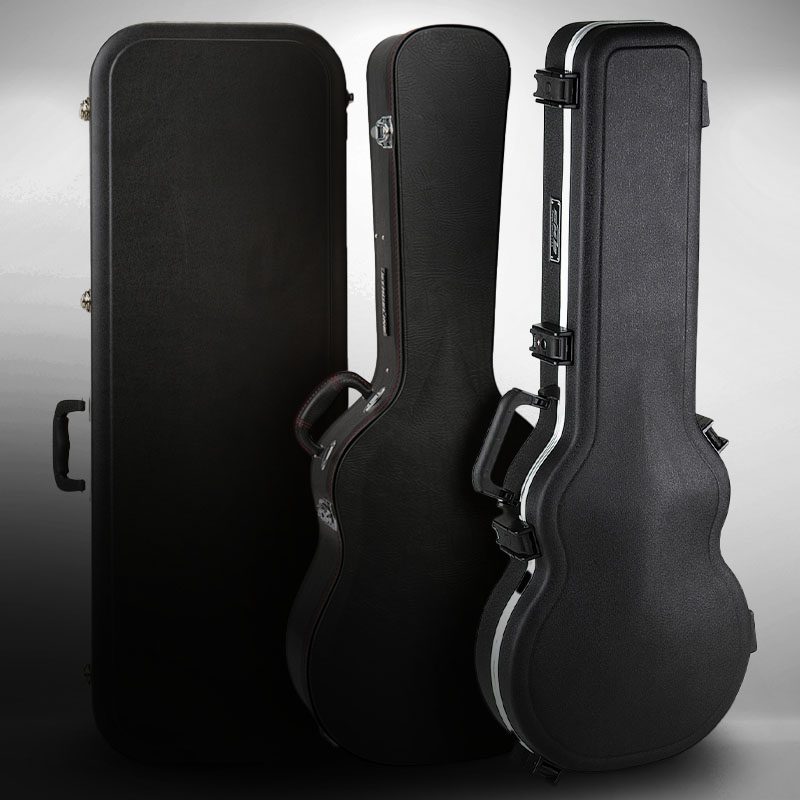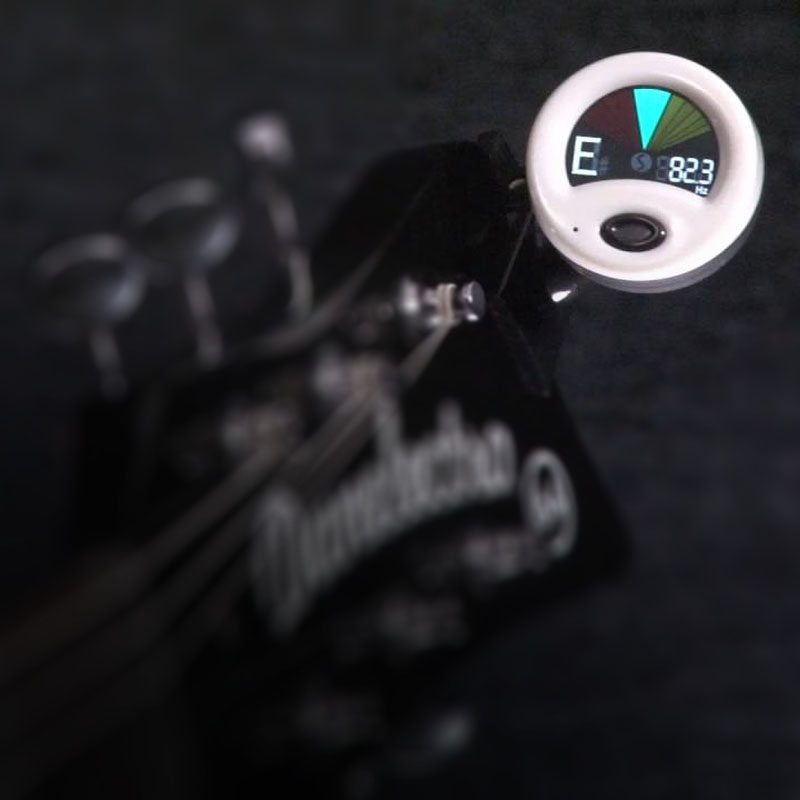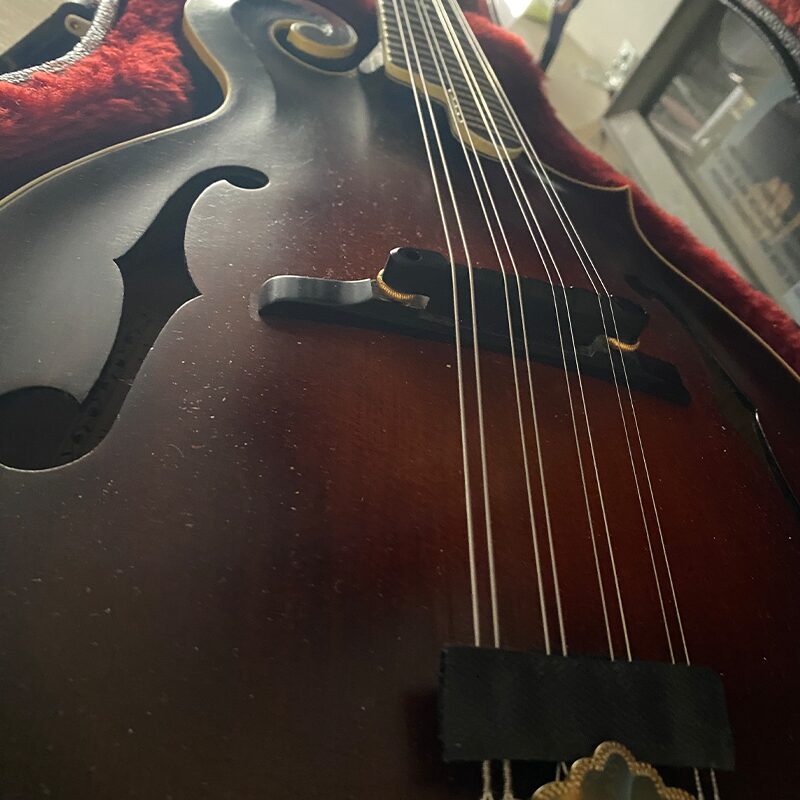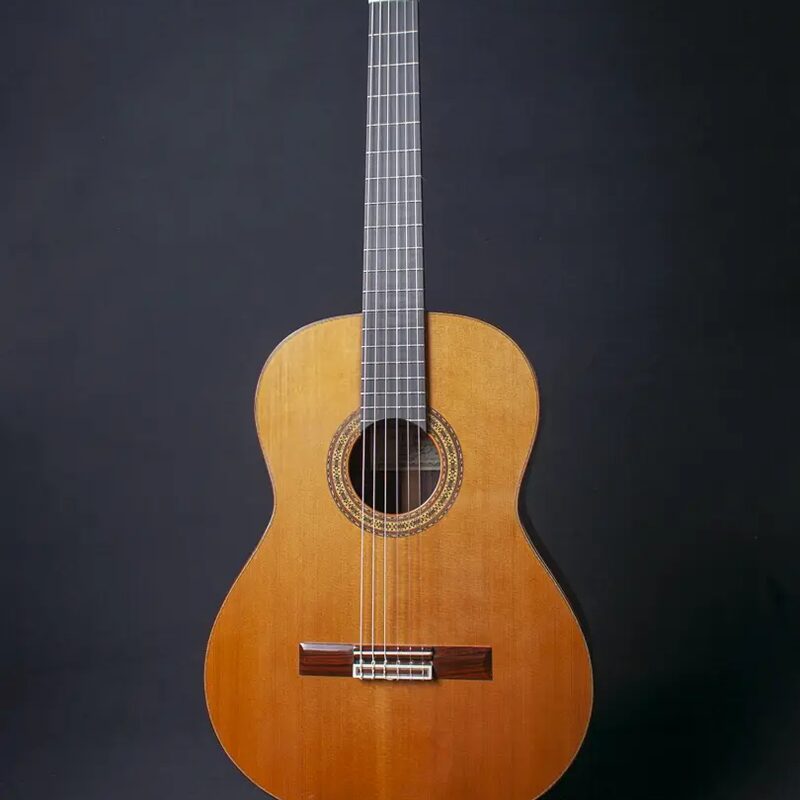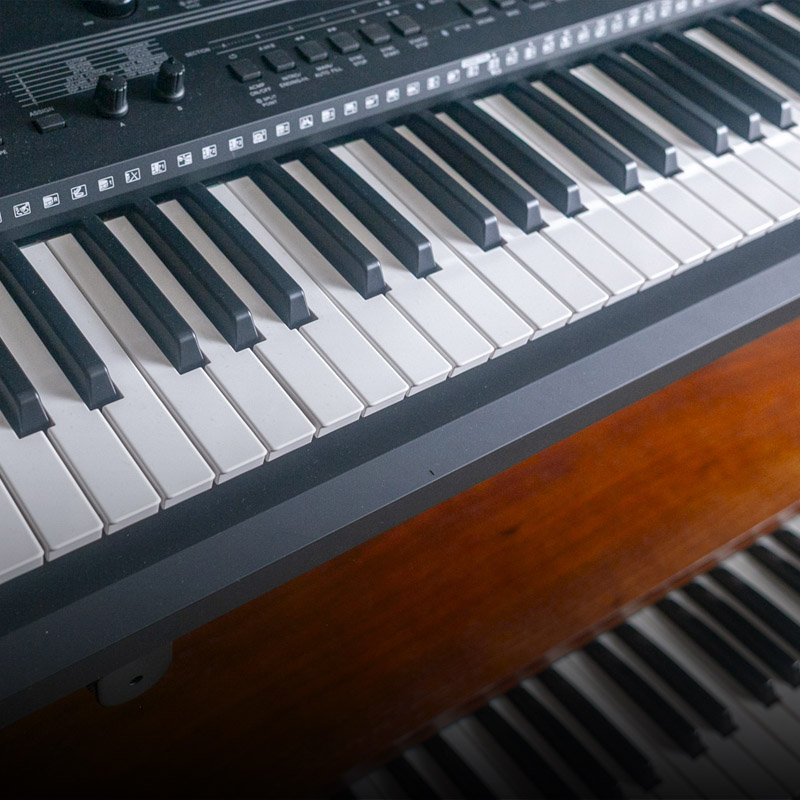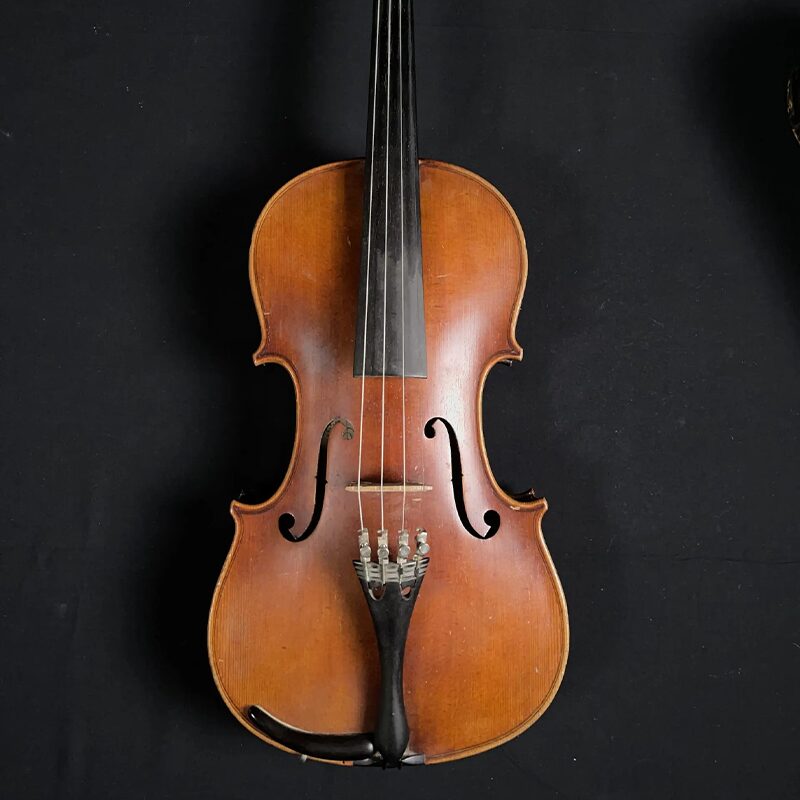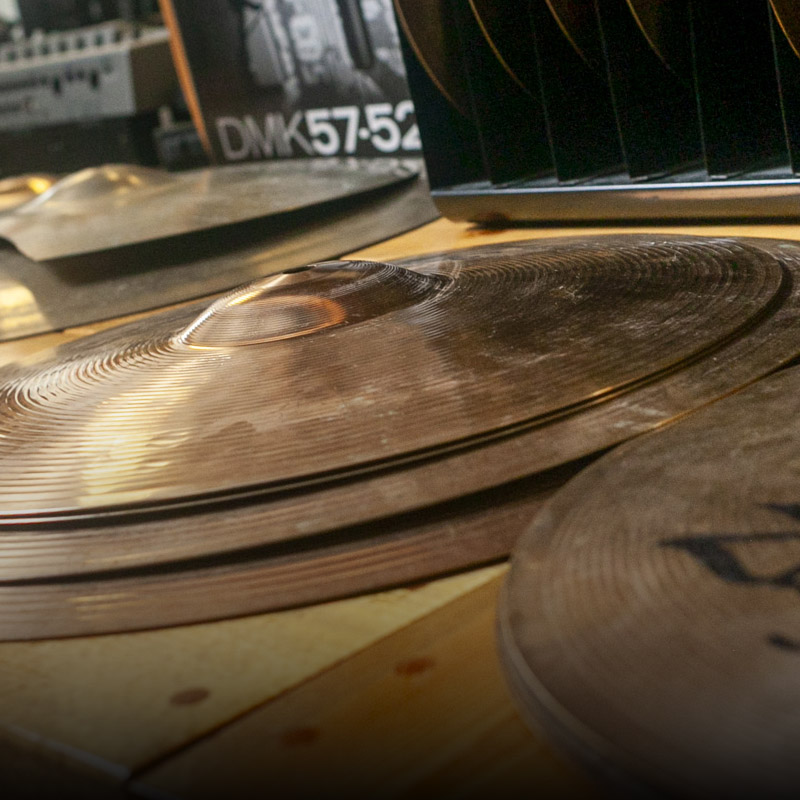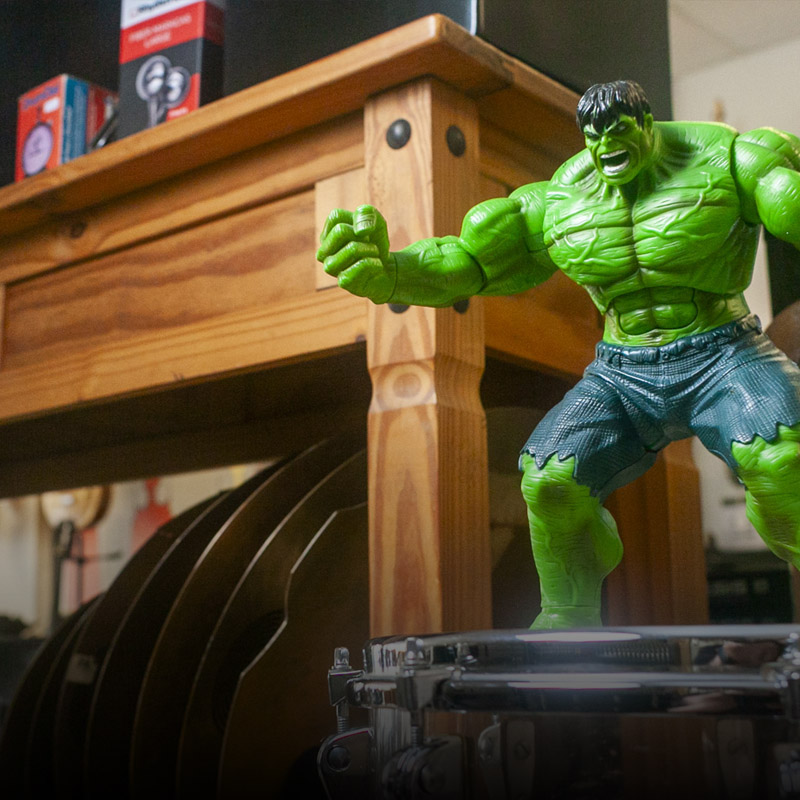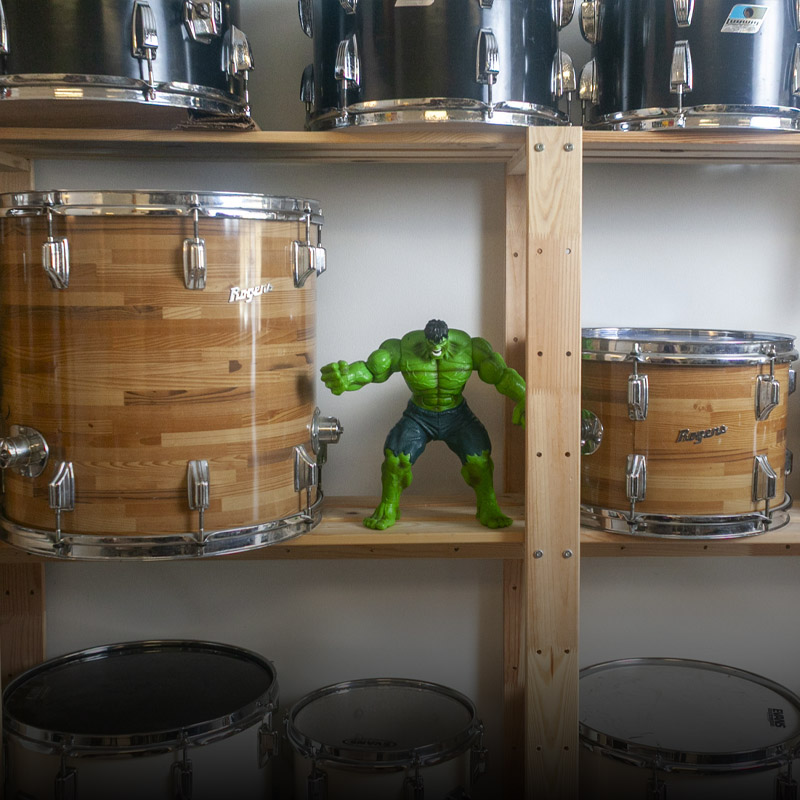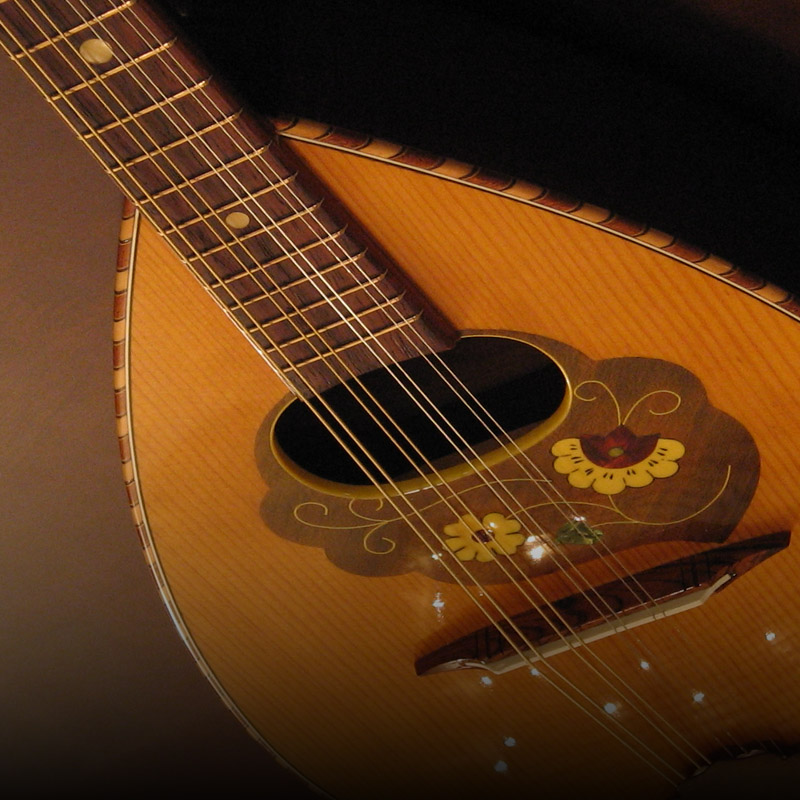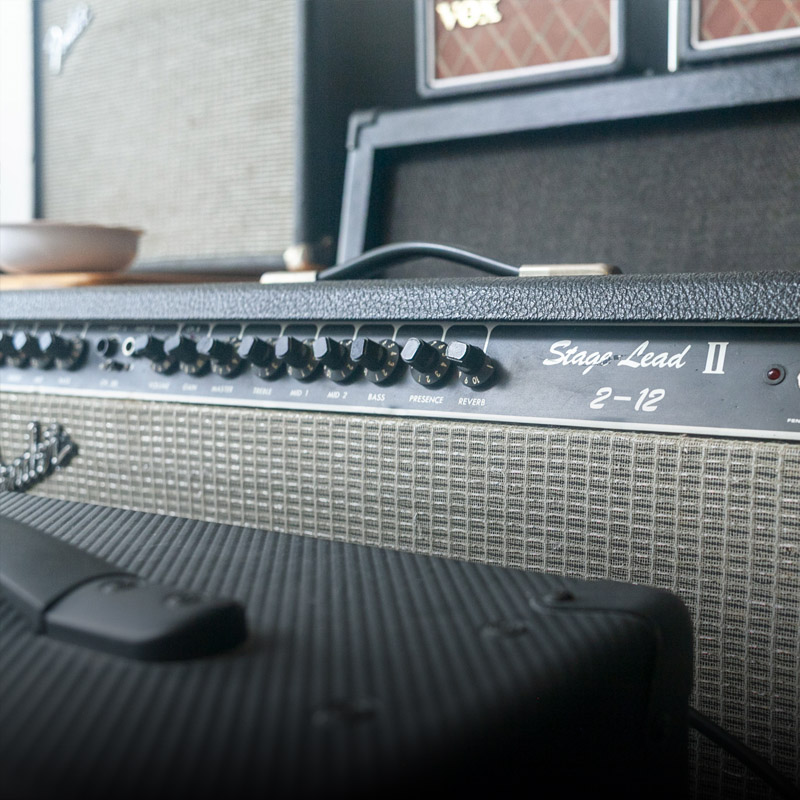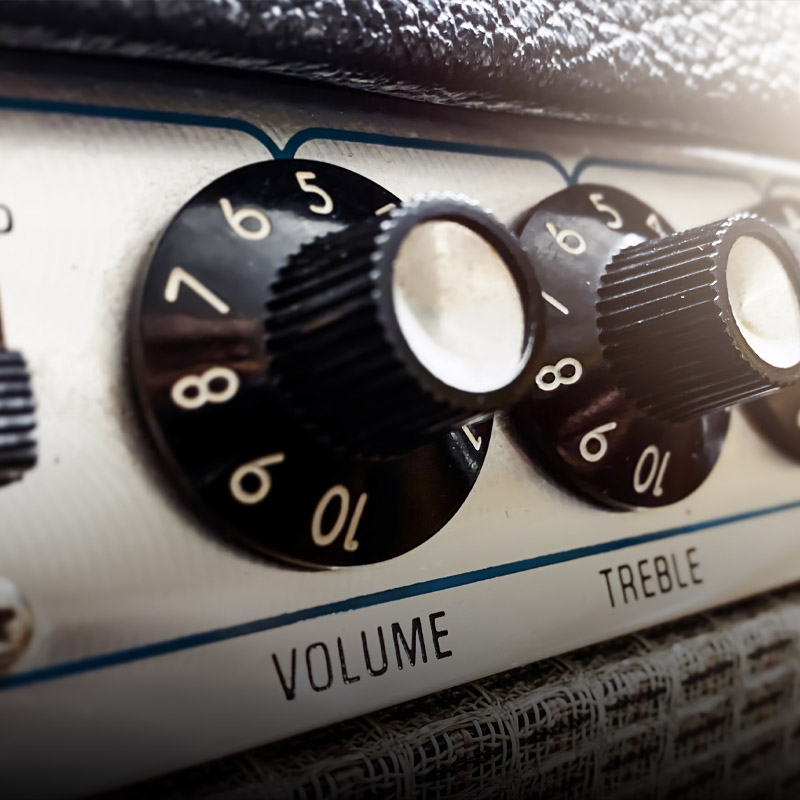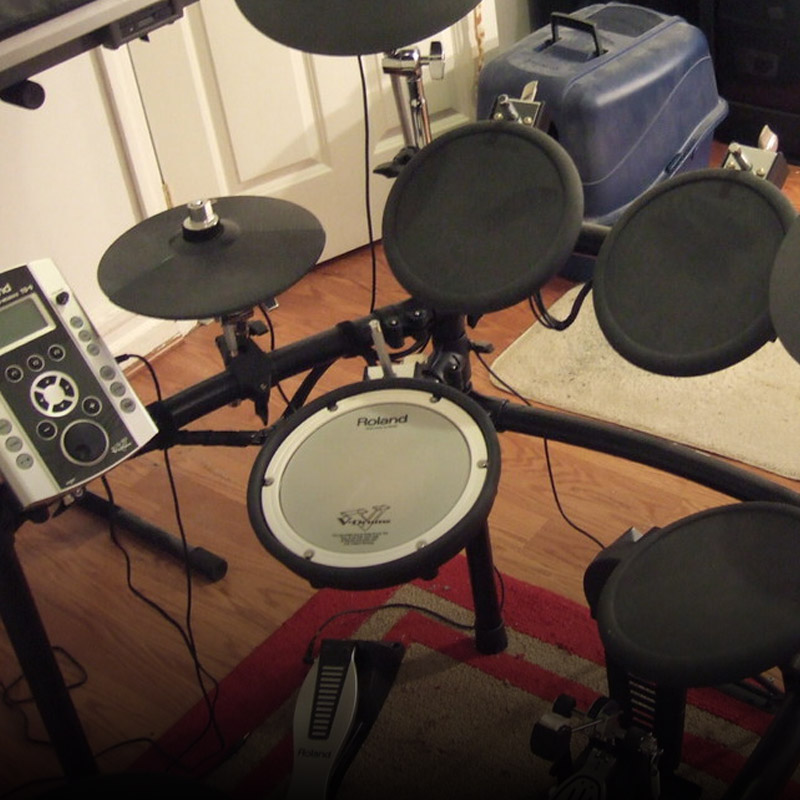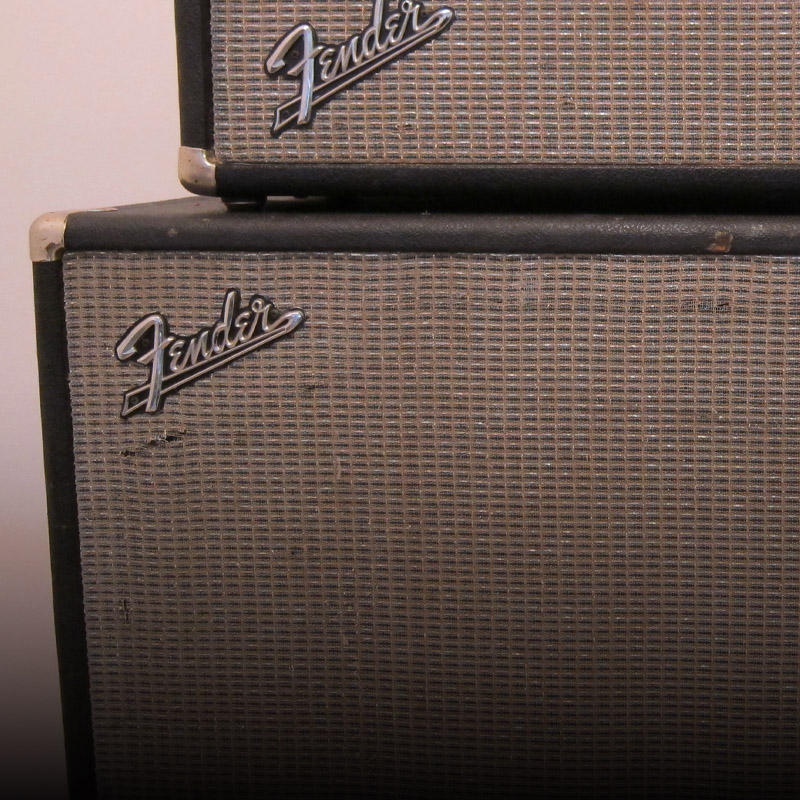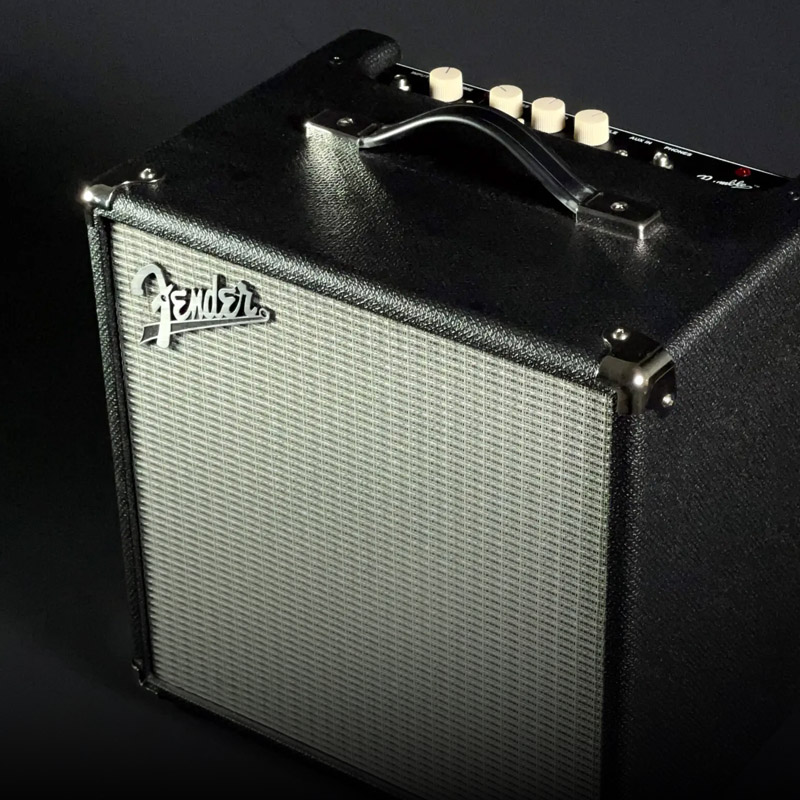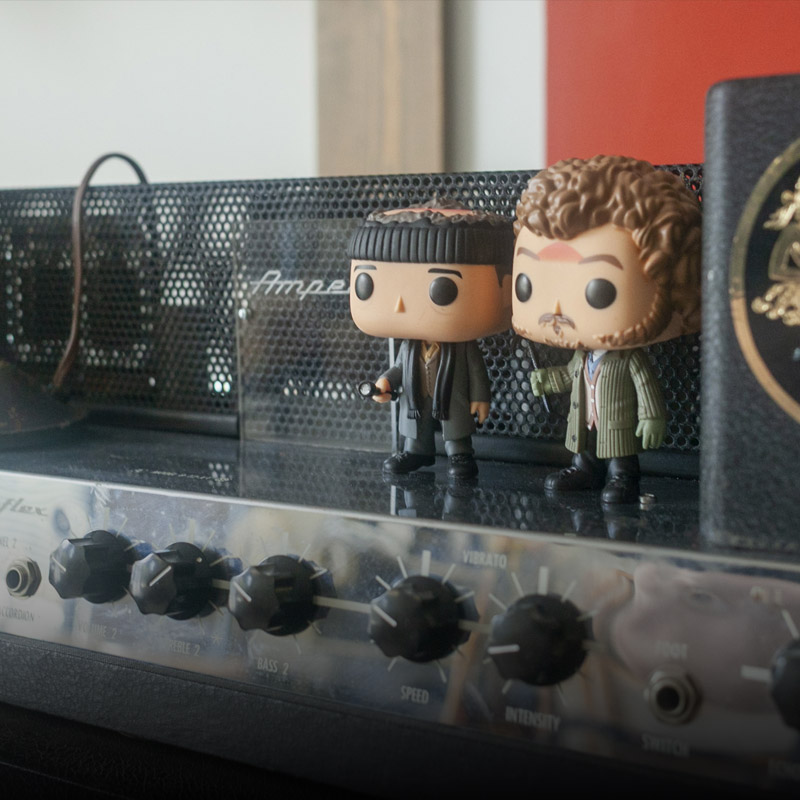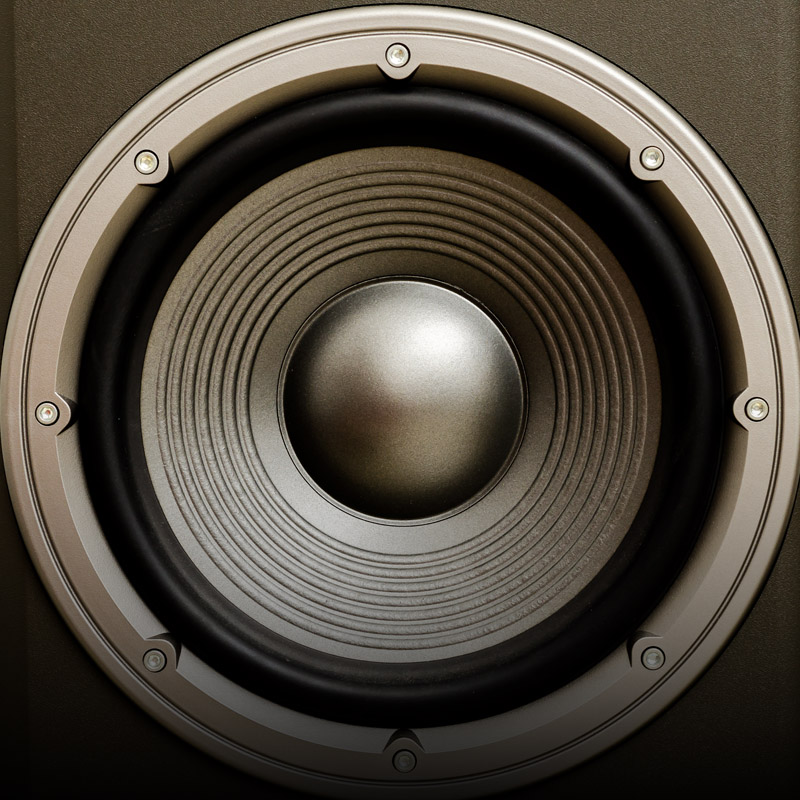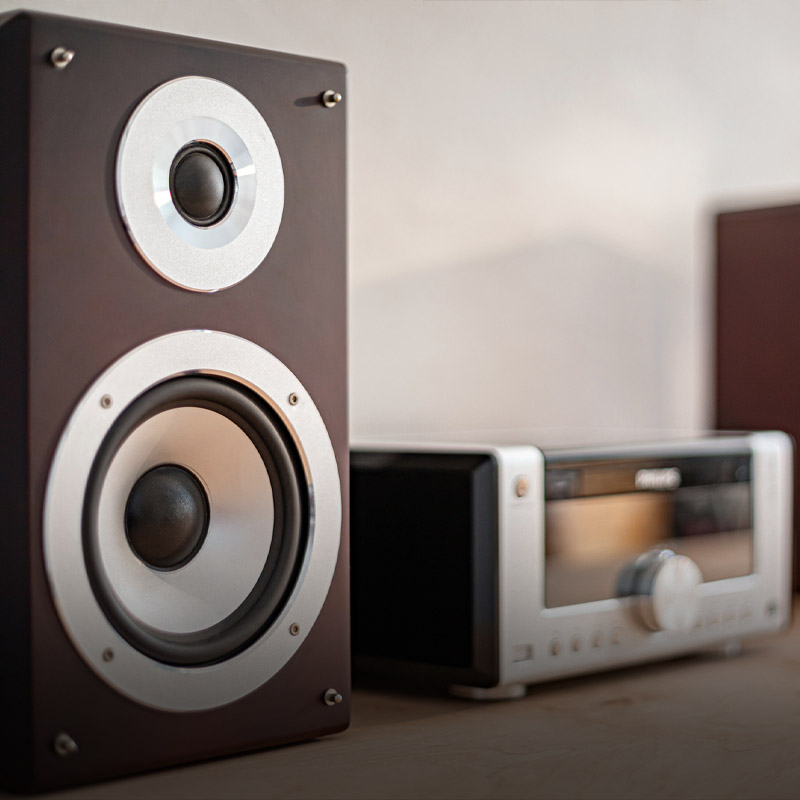1930 Martin 2-17 (a #25)
As you see by the pictures, this guitar has a worn spot on the face by the sound hole. It has a top crack that has been repaired. It has two cracks that run along its side that have also been repaired. The repairs are well done and stable. The guitar has been refretted and has a new saddle. There are a newer set of replica tuners installed. These tuners were ordered by the previous owner from Martin to make sure that there were no new holes necessary to swap them out. The original tuners are included with the guitar. The neck and bridge have never been reset. It has good action (especially as compared to other early century Martins). We've dressed the frets and put silk and steel strings on it. The guitar plays beautifully well. And it sounds amazing! The after-market installed Barcus Berry pick-up sounds nice, as well.
Over 90 Years
This guitar was purchased new in 1930 in a small store in rural Virginia. A man bought it as a present for his son. Sadly, his son never saw the guitar. The boy drowned, along with his mother, that very day when their boat tipped over in the wide, fast river.
The guitar was then put away in the boy’s closet for over 50 years until it was sold in 1983 to a local country musician. The musician played and loved the guitar for nearly 40 more years giving it a life of experiences before it then came to us.
A Humble Guitar
It’s a humble guitar. It’s small and plain. It's all-mahogany. There’s no binding and no adornments to speak of. It has simple tuning machines and buttons. A simple fretted fingerboard with small dot markers. No decoration on the headstock, just a logo pressed into the back. And the same logo stamped on the bracing inside the body of the guitar: C.F. Martin & Co - Nazareth, Pennsylvania.
Martin Guitars
In 1833, a skilled luthier named Christian Friedrich Martin emigrated from Germany to the United States and founded his guitar making business on Hudson Street in New York City. Never quite home there, he later moved the company to Nazareth, Pennsylvania, where it is still owned and operated by the Martin family today. Icons of the American acoustic steel-string guitar, Martin is one of the great names in guitar making with a brand known and respected around the world. A Martin guitar is a nice guitar to have, and a vintage Martin guitar can be quite sought after.
The 2-17 #25
This guitar is a Martin 2-17 model. Released in 1922, the 2-17 model was Martin’s first Spanish-style guitar to be made specifically for steel strings. Steel strings were longer-lasting, less expensive, and much louder than gut strings, which were the common strings of the day.
According to Martin’s old ledgers, the construction of this guitar began on March 24th, 1930, and lasted one month and one day. It’s one of a small group of 2-17s that were made at the onset of the Great Depression and are referred to as #25s. They are called this because, in response to the economic collapse, Martin selected its portable, steel-string 2-17 guitar to be stripped down of binding and adornments so the price could be dropped to $25.
These Martin #25s were depression guitars, and they became symbolic of the era. Particularly visible was the 2-17 in the hands of Jimmie Rodgers, the first Country Music Star, as he introduced the nation to a new form of music.
Steel Strings and the American Guitar
Martin was not the only, and not even the first, company to produce steel string guitars in America. Steel-string guitars were becoming common-place in peoples’ everyday lives. Whether it was the Delta Blues, Country Music, Folk, Jazz, or whatever you heard, the guitar had become a primary instrument in American music like it had never been before.
The steel strings had a voice that could rise above the fire pits and the chatter. Steel-string guitars became the soundtrack of men out of work, of the Dust Bowl, of the rural South (both black and white). They were the sound of the Great American Migrations heading both West and North, and they were the sound of the radio and the sound of the talking pictures too. As the nation suffered, transformed, and eventually triumphed throughout the 1930s, steel strings rang out as the sound of the Great Depression.



